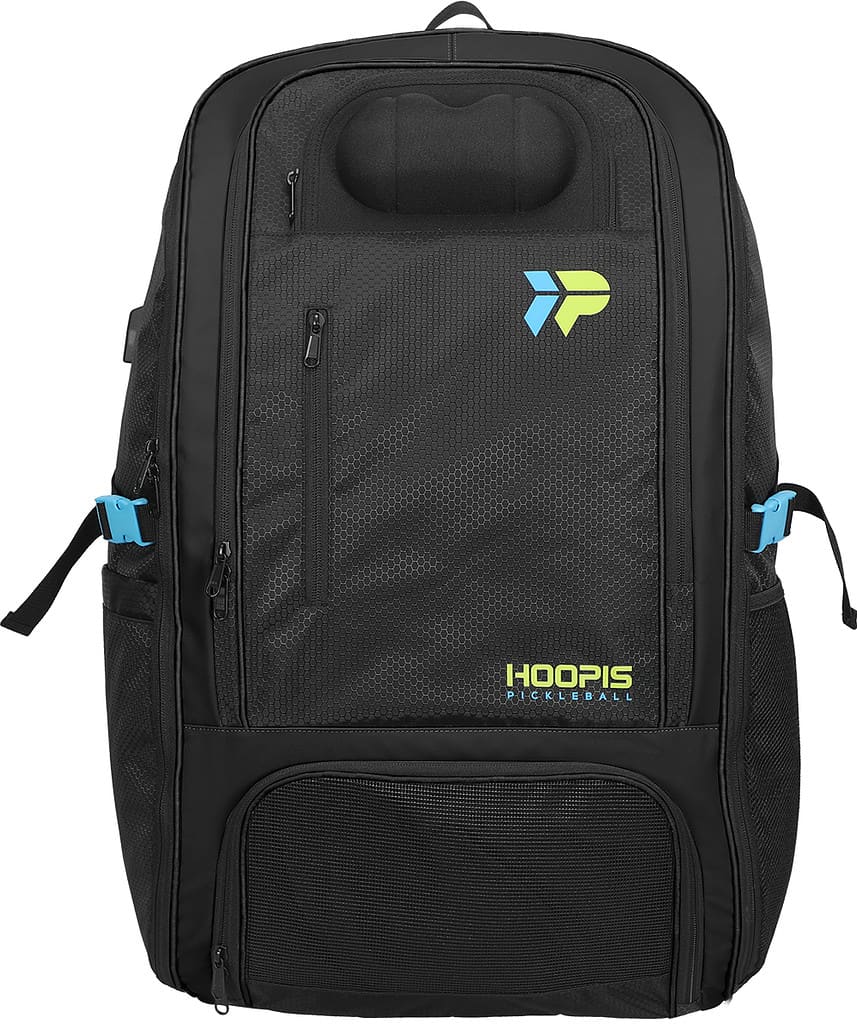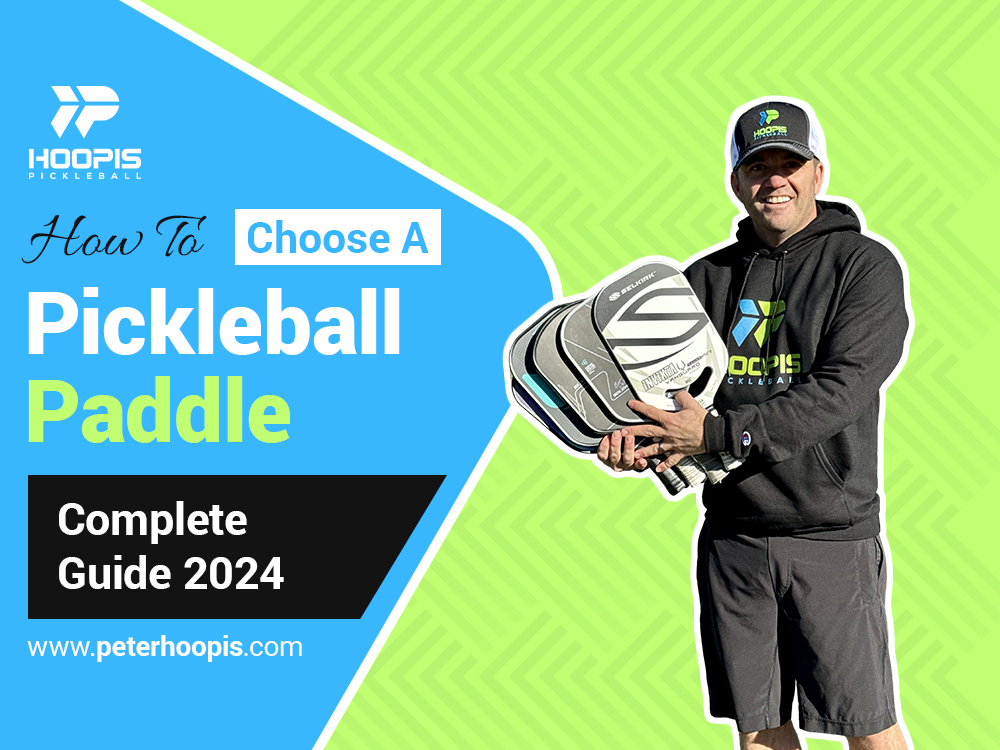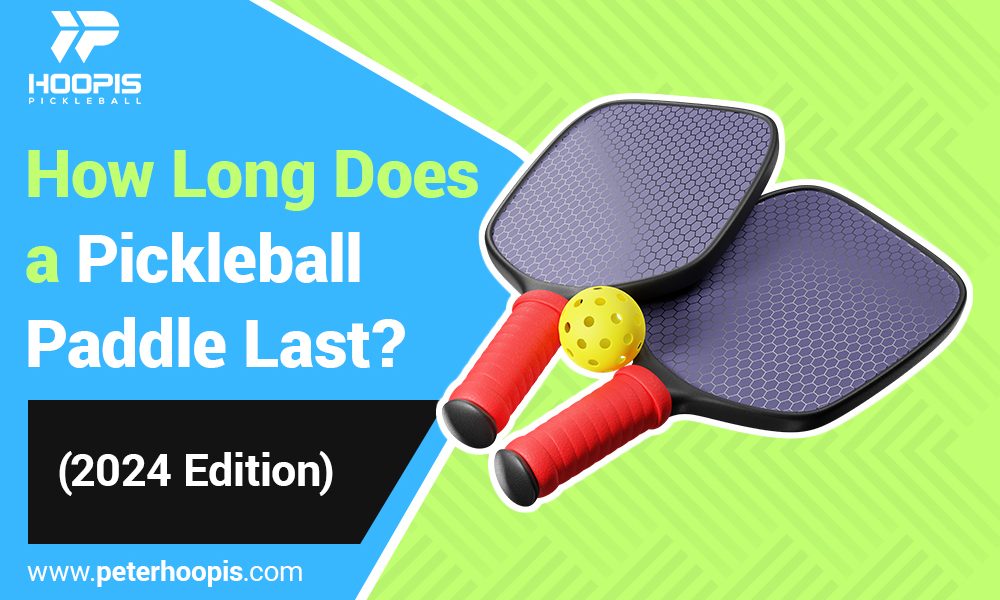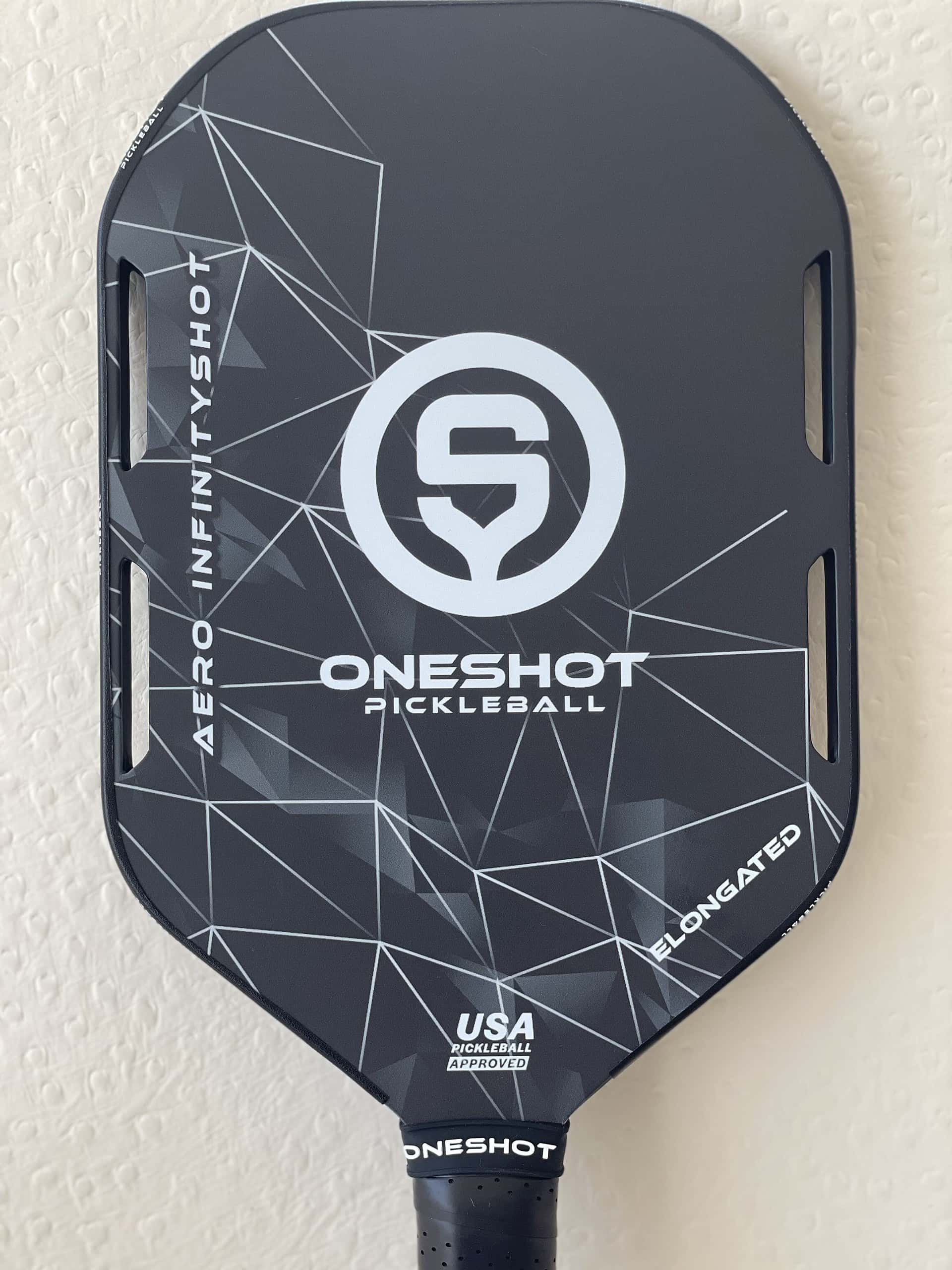Ahhh, the question asked by so many lately…how long does a pickleball paddle last?
It’s a great question. And an important one.
I mean, that paddle you’re playing with is one of, if not the most important piece of equipment you have.
But like any piece of sports equipment, it can wear out over time.
The question is when do I replace it.
So how long do pickleball paddles last?
In this post, I explore the factors that impact the lifespan of your paddle and offer some tips for extending its longevity.
Let’s get started.
How Long Do Pickleball Paddles Last?
So, I hate to say it, but it depends.
It depends on a few factors, such as the quality of the paddle, how often you use it, and how well you take care of it. Typicall stuff.
Let’s examine.
Generally, a high-quality paddle like graphite, carbon fiber and composite paddles can last up to a few years with regular use. However, paddles made of wood or low-quality materials may only last for a few months. I really wouldn’t recommend those. Just not worth it.
How often you use the paddle certainly has a major effect on it’s lifespan.
As does your style of play…or how well you handle your anger! (you know, like after that missed shot) 🙂
To ensure your paddle lasts as long as possible, proper storage and care has an impact.
Make sure to store it properly. That could be in a pickleball bag or similar gym bag. Don’t just leave it in your trunk. Certainly don’t leave it outside in the rain!
Pickleball paddles wear differently so it is important to pay attention to your paddle.
Sound can be telling! More on that later.
Factors Affecting Pickleball Paddle Durability
As we mentioned above, there are several things that can impact pickleball paddle durability. Let’s take a closer look at these.
Pickleball Paddle Material
The materials used in making pickleball paddles have a major impact on their overall durability. There are three main types of paddles: wood, composite, and graphite.
- Wood Paddles: Wood paddles are typically less expensive but also less durable than other options due to their susceptibility to wear and tear from ball hits.
- Composite Paddles: Composite paddles are made from a combination of materials like fiberglass, titanium or carbon fiber. They typicall have polymer cores. Composite paddles really help with strength and longevity compared to wooden ones.
- Graphite Paddles: Graphite is know for being lightweight and strong. Ggraphite paddles can last longer than both wood and composite options while providing excellent performance on the court.
Frequency of Use & Skill Level

Overall, its pretty simple. The more frequently you play pickleball, the faster your paddle will experience wear and tear.
This is especially true if you’re an aggressive player who is our ripping drives, reaching for low shots hitting the ground, and crushing overheads…with the occasional paddle toss.
Recreational players who only hit the courts occasionally will find their gear lasts significantly longer. Less play, usually softer play, and not as much impact with the ground.
Proper Care & Maintenance
We need to take care of our stuff and It’s important to give your pickleball gear some love and attention.
A cover can be helpful when not in use as the simplest way to protect it.
Having a good pickleball bag for transport and safe storage of your multiple paddles is a great idea!
The Hoopis Pickleball 4 paddle Backpack featured below is a great example of a bag that can safely store four pickleball paddles and still have a ton of space for all your other gear!

Environmental Factors
The elements have an effect too.
Prolonged exposure to extreme temperatures (hot and cold), rain, or humidity can significantly impact their longevity. So I always suggest keeping your gear inside your house and not in your garage or trunk of your car.
This simple habit can go a long way in preventing potential damage caused by harsh weather conditions.
Best Practices for Prolonging Pickleball Paddle Life
If you want to make sure your pickleball paddle lasts as long as possible, here are some best practices.
Proper Storage
We talked about this but I can’t stress it enough. Don’t leave it in your car or trunk. The excessive heat or even cold will wear your paddle faster. Also, invest in a simple cover if you can’t afford to buy a proper pickleball backpack or bag. Also, while at the court, don’t just leave it our in the hot direct sunlight for too long in between matches if possible. Throw the cover on or toss it back in your bag. Properly storing your pickleball paddle is important to make it last longer.
Cleaning
Cleaning can help. This one probably isn’t the most important but again, we want to take care of our stuff. Wipe it gently with a damp cloth after you start to see some dirt build up or markings.. Don’t use harsh chemicals or abrasive tools that can harm it.
Inspect Your Equipment Before Playing
- Paddle Sound: Pay attention to the sound! This can be a huge clue that your paddle is wearing or losing its pop. If you notice an unusual or dead sound when the ball hits your paddle, it could be a sign of internal damage or delamination!
- Paddle Face: This one is easy. Inspect the face. Feel it. Is it still gritty or is it totally smooth and lost it’s grit. Also feel for any dents, cracks, lumps or peeling on the face.
- Grip Condition: Grips wear fast, but can easily be fixed. A worn-out grip can affect how well you hold and control your paddle during play. Replace grips as needed to maintain performance.
Choose Quality Equipment
The type of pickleball paddle you select will also impact its longevity.
Those wood paddles you see are typically more affordable, but I would stay away. Just not worth it, and once you get into pickleball you will realize this.
Investing in a higher-quality material like a graphite paddle or carbon fiber, especially if you’re playing a lot, is worth the extra cost for improved durability and performance.
Edge Guard Separation or Damage
If you have an edge guard (some paddles are edgeless), make sure to check that out too. Any separation on this can affect your play. If you frequently hit the ground with your paddle this is something to check. The edge guard protects the paddle and if it wears away or starts to separate from the paddle this can cause issues.
Fixing can sometimes be easy with edge guard tape but it is important to inspect this. If you play with an edgeless paddle, edge guard tape is also a cheap investment that can protect your paddle and help it to last longer.
Choosing Your New Pickleball Paddle

Ok, if it’s time to replace your pickleball paddle, we want to make sure we get the right one. These puppies are getting expensive! So, here are a few pointers which might help:
- Research, research, research. There are so many different paddle options available in the market these days it is important to do your research and read reviews. Try your friends, demo, whatever you need to do but get exposure to different types.
- Determine your budget. Obviously this is key, especially with the prices these days. You can pay upwards of $275 for a paddle and yet still find a good one for under $50. More expensive doesn’t always mean better, so determine your budget and stick to it. Then go find the best pickleball paddle that meets your budget. Keep in mind that investing in a higher-quality paddle may provide better performance and durability over time.
- Consider your playing style when selecting a new pickleball paddle. Are you a power player or more of a finesse player? Do you like spin? Lots of pop or not? These are all important questions to answer when looking for your next pickleball paddle.
Conclusion
So, in conclusion, there are a lot of factors that come into play with how long your pickleball paddle will last. Bottom line is, be aware of some of the issues that can shorten the lifespan and take the time to do the things to help improve lifespan.
While some paddles may last for a few years, others may need to be replaced in a few months. And a lot of that is personal to you.
It’s important to choose a quality paddle that suits your pickleball game and take good care of it to maximize its longevity.
Go out, have fun, play often and take care of your equipment!



